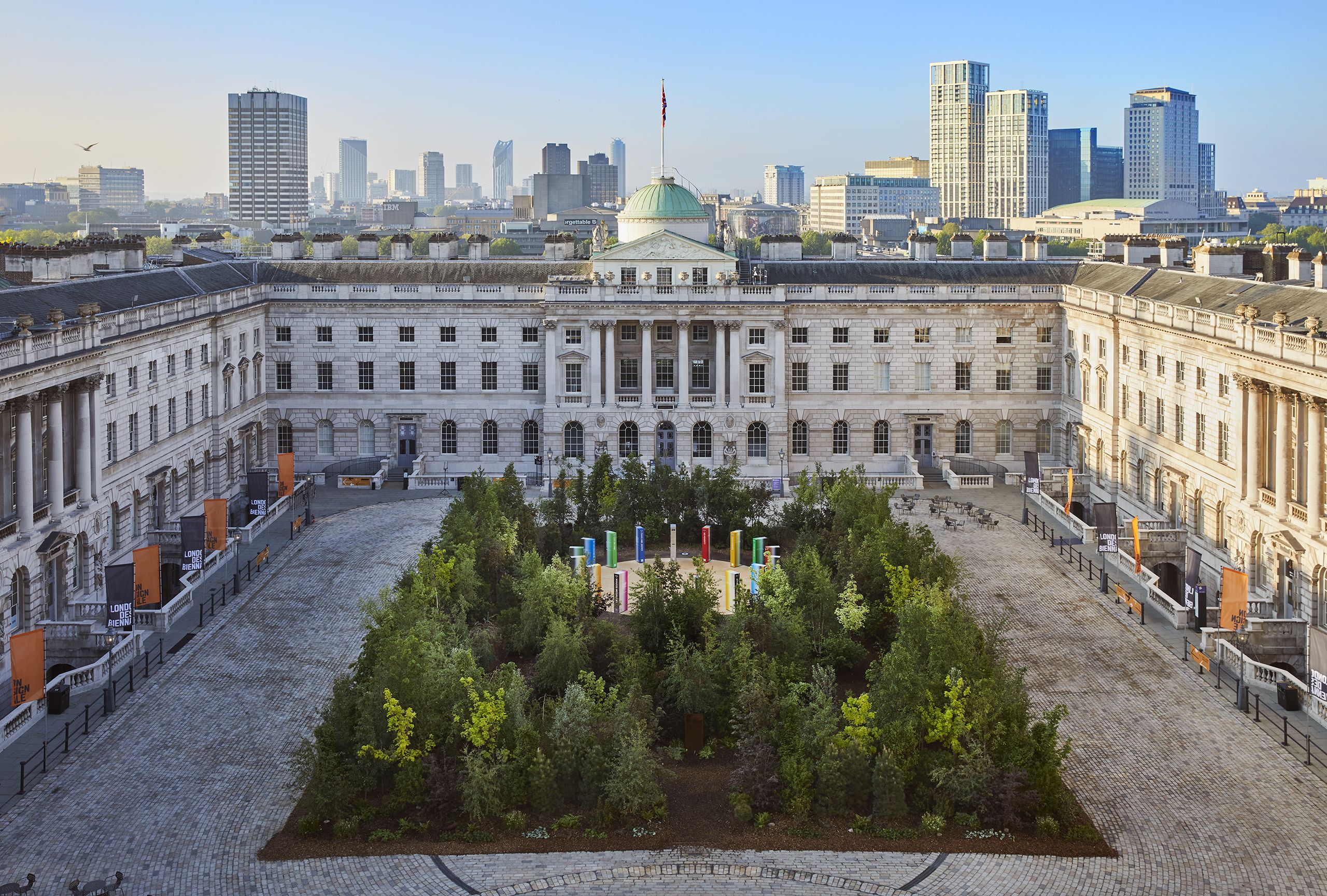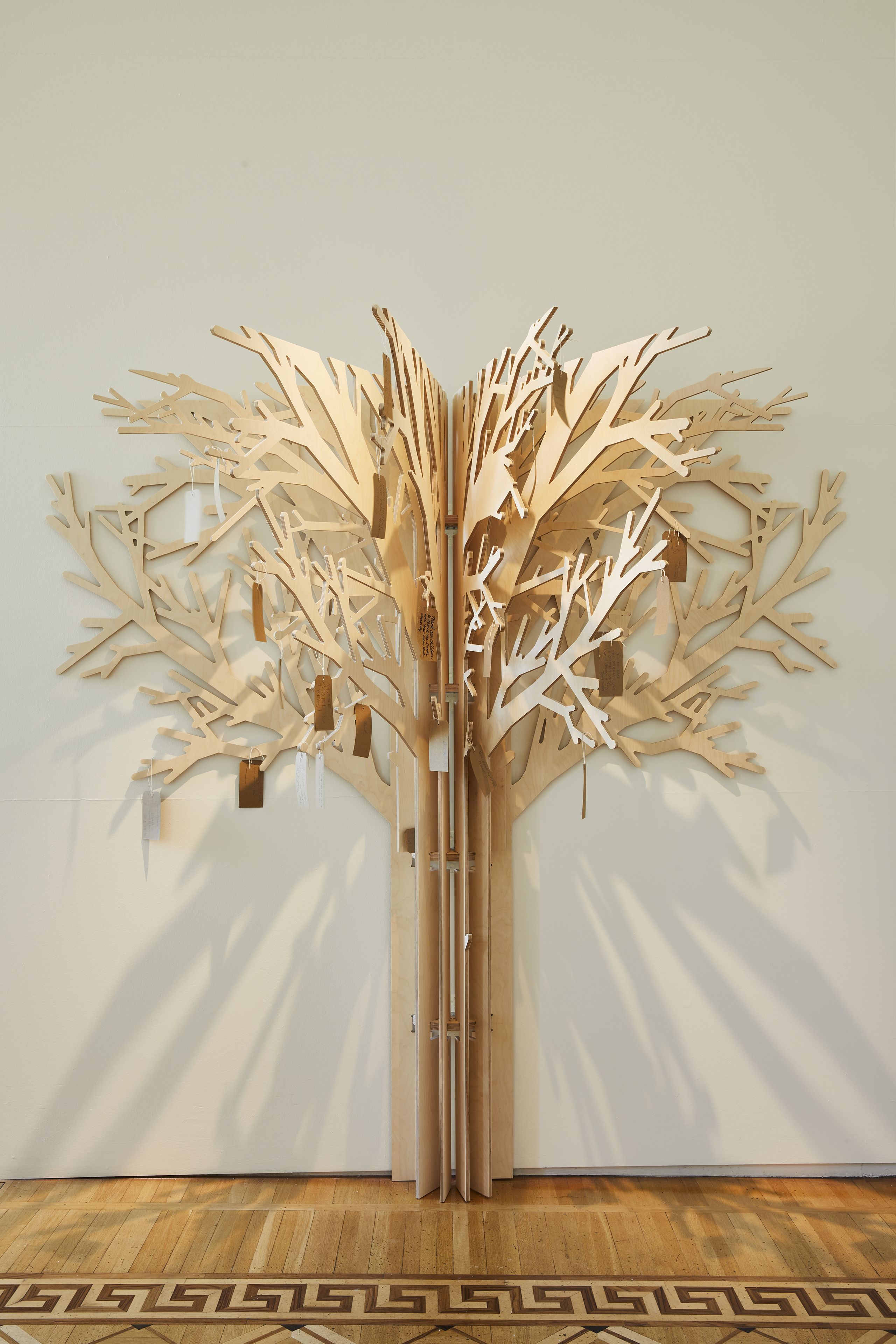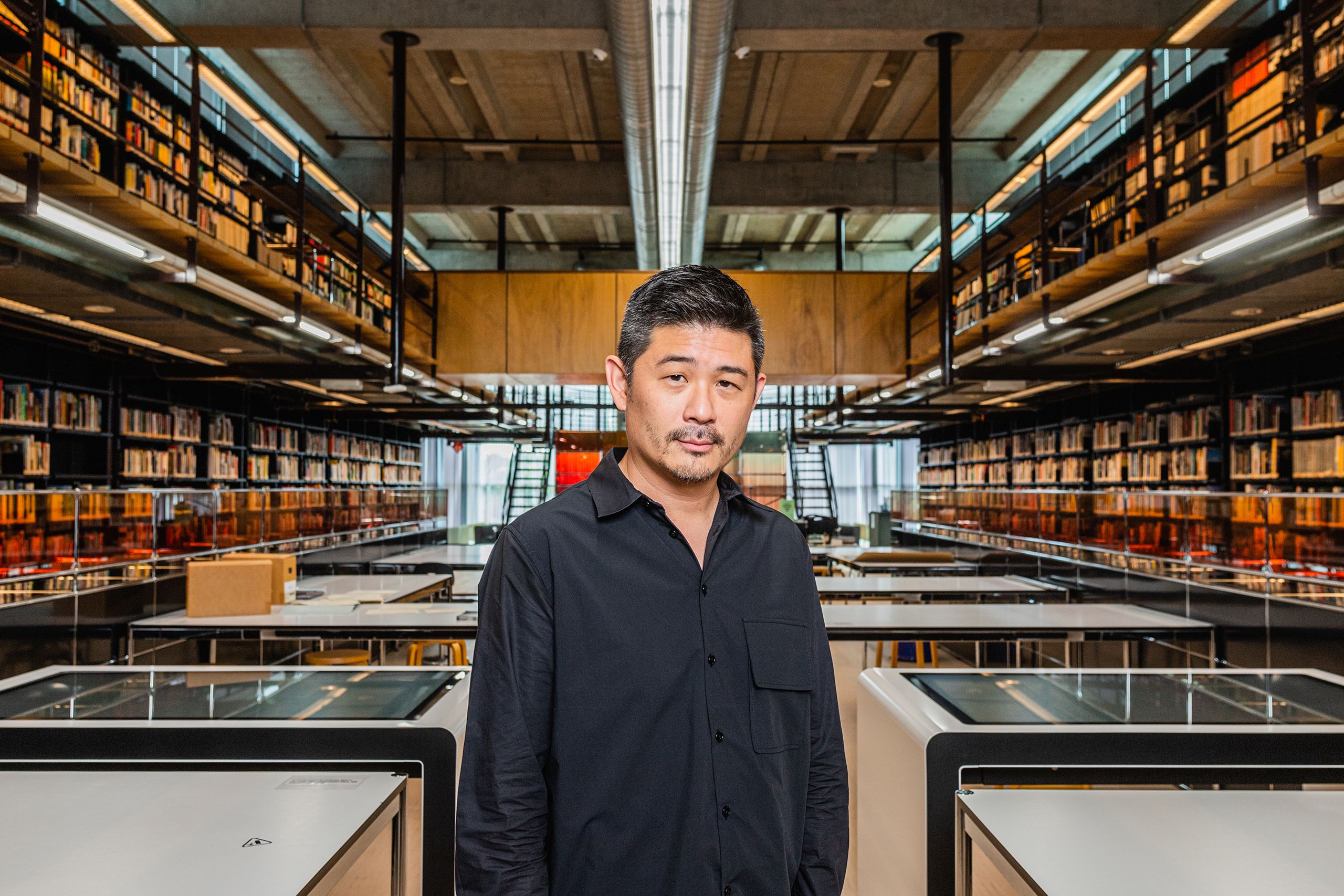DESIGN CHANGING THE WORLD FOR BETTER

Director of the London Design Biennale, Victoria Broackes, discusses how and why embassies should get involved in this major annual event at Somerset House
You have described the London Design Biennale as “facilitating a borderless exchange between countries and territories. It is about bringing people together from all backgrounds and different parts of the world.” Can you explain more?
London Design Biennale is a major international exhibition and thought leadership event taking place every two years across the entirety of Somerset House. From the pandemic to climate change, inequality to migration, through international collaboration, policy making and communication, we aim to explore the role that design can play in changing the world for the better.’
How did the London Design Biennale come about?
It was founded by Sir John Sorrell and Ben Evans in 2016 out of a passion for the power and role of design and a recognition that there was nothing like it anywhere else in the world. The UK is a huge draw for designers and would-be designers coming from all over the world to live, work and train, something we need to nurture and treasure – and not take for granted.

Participants of the 2023 edition are invited to create an installation responding to the theme “The Global Game: Remapping Collaborations”. Can you explain a little bit more about this?
We’re aware more than ever post-pandemic that we live in troubled times. The Global Game references Buckminster Fuller’s 1960s World Game and his One World philosophy – that we are all here as ‘crew’ of Spaceship Earth to look after and steer our precious planet – chiming perfectly with the aims of the Biennale to foster international collaboration and exchange. This year, we will have an additional resource in the form of an online game, where participants (and later visitors) can meet, collaborate and talk to each other. Design is collaborative as a discipline, but we’re asking for more on the basis that addressing the world’s major challenges requires all of us to go beyond what we already do. The Game will help facilitate and foster these new connections and collaborations.
How can an embassy get involved? What is the submission process and ultimately who chooses which submissions make the final cut?
We would love to hear from any embassies or countries, cities and territories we are not yet talking to – please get in touch and join us in 2023. We aim to make the process as smooth and enjoyable as possible. Some Embassies have the event in their calendar, know what they want to do and how to do it, but with most it’s an iterative process. We have an extensive network of cultural institutions, curators and designers we work with alongside the Artistic Director – for 2023 this is the Het Nieuwe Instituut headed by Aric Chen in Rotterdam, Netherlands – to assess projects and give guidance as projects develop. Four medals are awarded during the event itself, three by the international jury and one by the public.

Design is collaborative as a discipline, but we’re asking for more on the basis that addressing the world’s major challenges requires all of us to go beyond what we already do.
Can you tell us about the major challenges of putting on a biennale in the current global context?
As you can imagine, it hasn’t been easy…But a positive outcome of the pandemic was that it brought us together across the globe, galvanised innovation and showed how quickly we can change habits when faced with a deadly threat. I hope we can put those things to good use to address world challenges, including the climate emergency.
If a ministry of culture is unable to fund a submission, are there options for countries/ cities/territories to apply for grants or funding?
Yes, absolutely. In fact, only around a quarter of our pavilions are fully funded by ministries. Those that are not, are almost all sponsored and supported by businesses, in-kind and by other sources. This year, the British Council in the UK has small grants on offer for biennale participants. We always direct participants to what is out there.
Obviously it’s a magnificent setting, but why Somerset House?
Somerset House is a superb venue. There’s the magnificence of the central London position, the useful mix of styles of galleries on offer and the beauty of the building itself. It’s also home to all kinds of creative activities which brings different groups continuously through the space; the building’s position by the river means thousands of people walk across the site every day. This adds up to an excitingly vibrant atmosphere which really speaks to what the Biennale stands for.

Can you tell us about your favourite submissions in last year’s London Design Biennale?
So difficult! Forest for Change, in support of the UN Sustainability goals, Es Devlin’s 400-tree forest in the Courtyard takes some beating, but it’s definitely not the case that biggest always equals best. Argentina’s pavilion last year, which featured indigenous basket weaving, was one of the smallest and was visually exquisite and memorably fascinating.
It would be great to hear a little bit about the London Design Biennale’s work on ‘Design in an Age of Crisis’ with Chatham House. How did this come about?
This was something we developed with Chatham House during lockdown to encourage designers of all kinds from all over the world to send in their ideas to change the world in response to design briefs in the areas of Social Equality, Health, Environment and the Future of Work. More than 500 submissions came in, a veritable cornucopia of brilliant ideas: domestic, national and global. It was uplifting to see innovation from world-class international architects and young people at the kitchen table, and we created an exhibition of the entries which has recently been shown at Chatham House.

A positive outcome of the pandemic was that it brought us together across the globe, galvanised innovation and showed how quickly we can change habits when faced with a deadly threat
The LDB has been described as “a great global conversation.” What do you think are the greatest soft power advantages of a country, city or territory choosing to showcase their work at the London Design Biennale?
In terms of fun to be had, the Biennale not only offers a great showcase, exhibition and public programme but also a chance to entertain and be entertained, and to make connections that will last long after the event is over. Last year, the Biennale was opened by the Mayor of London, while in 2018 a reception was held at No.10 Downing St.

Aric Chen, 2021
Aric Chen, 2021
At a deeper level, for all the variety of installations that will be on display, I’m struck by what is revealed: that there is more in the world that brings us together than divides us. The Biennale viscerally demonstrates this. For as long as we continue to talk to each other, there is lots to be optimistic about, and the Biennale aids those conversations.
Japan's submission, 2022
Argentina's submission, 2022

